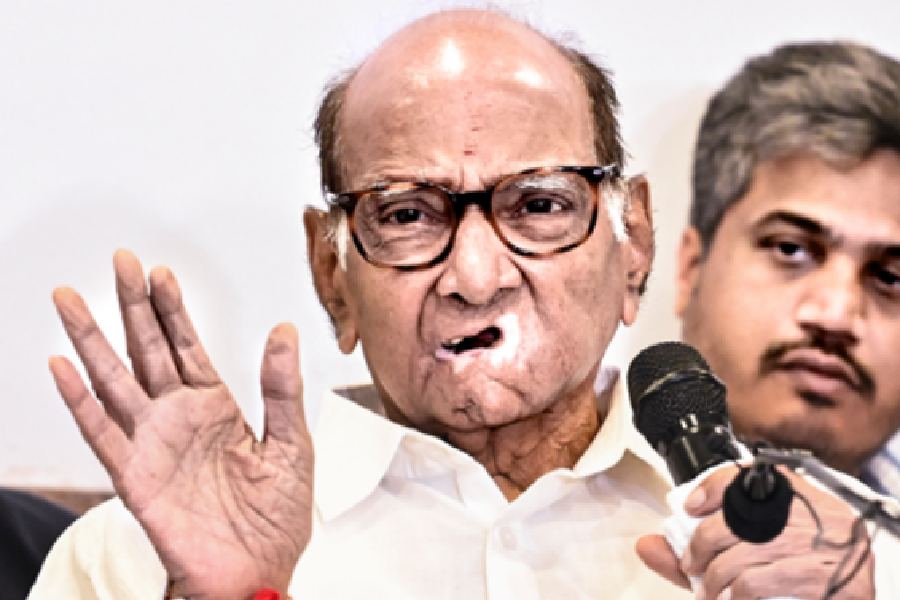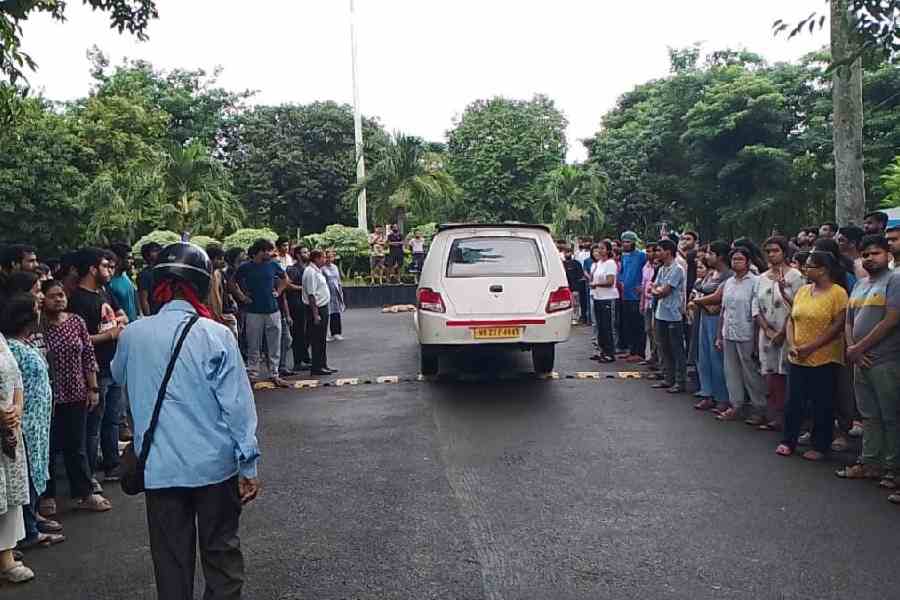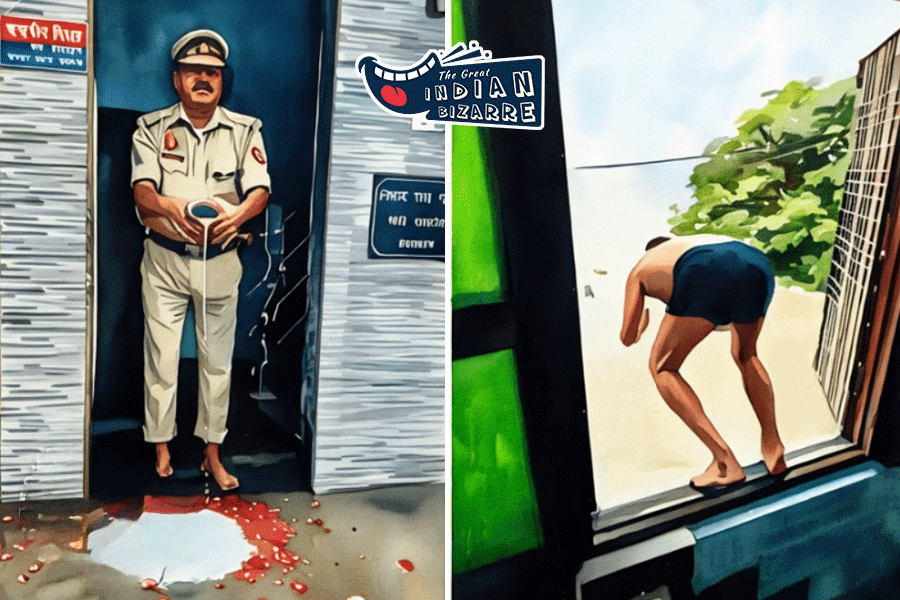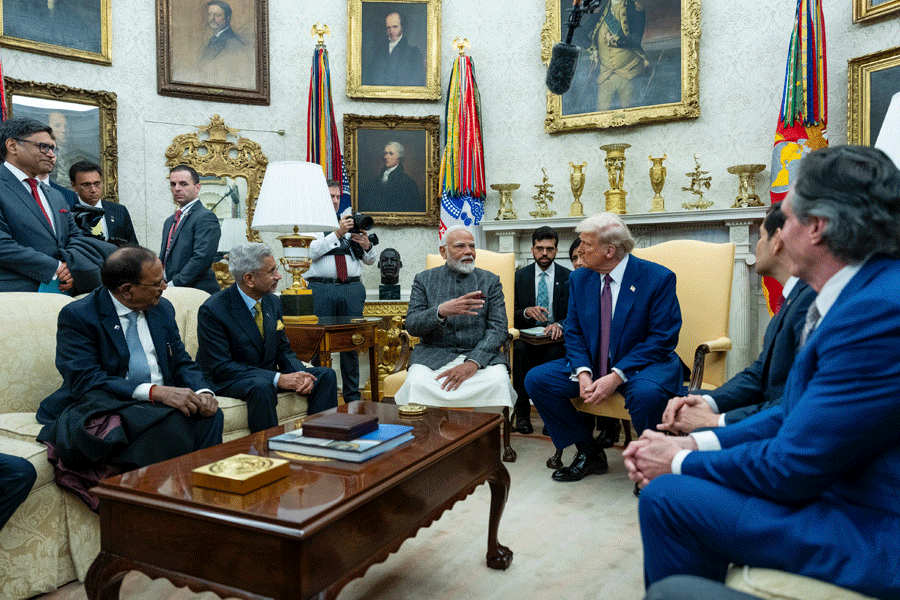 |
Spoiler alert for those who haven’t seen The Godfather, 1900 or Gangs of Wasseypur: there are plot give-aways in the article below.
I think all mafia and gangster/revenge films as well as writing on those films should start with a small guru-vandana to the great work that started this fecund genre, a padrone-prayer to the godfather of modern revenge cine-dramas, Francis Ford Coppola’s The Godfather. Just as there’s no shame in revering a great guru-composer such as Lalon Fakir or Thyagaraja, there should be no hesitation in acknowledging the ur-Director, F.F. Coppola, and maestro Writer-Scriptwriter, Mario Puzo, who still rule, 40 years after GF1 first hit the screens and 38 years after the equally great prequel-sequel, The Godfather Part 2.
So, the obvious question — can Anurag Kashyap’s Gangs of Wasseypur 1 be put at the same table as GF1 or 2? No, it can’t. Can it be seated at a nearby table, at least? Nope, but then perhaps it’s not trying to eat off exactly the same menu. Even though Kashyap’s kino-homage is in the direction of the two Godfather films and Martin Scorsese’s Gangs of New York and Quentin Tarantino’s films, his ambitions here actually take Wasseypur into comparison with two other great works of Western cinema, Sergio Leone’s Once Upon a Time in America (1984) and the slightly older Novocento or 1900 by Bernardo Bertolucci which was released in 1976.
While Leone’s film (as a side issue the champion of the unfortunate acronym), OUTA, owes plenty to GF1 and 2, it also marks a kind of mafia-opera progression from Coppola’s great diptych — the script is less tight, allowing for more digressions, ox-bow lake stories and bonsai-bloodbaths, allowing for more of an ‘epic’ form to coalesce on the screen. Bertolucci’s 1900 is a totally different maze of images and narrative: on the estate of a rich Italian nobleman two boys are born on the same day in 1900, one the grandson of the padrone, the nobleman, the other the grandson of the foreman of the peasants on the zamindar’s farm; the film then follows the effete, debauched rich kid played by Robert De Niro, and the socialist peasant played by Gerard Depardieu as they grow up across two world wars; the story of their friendship and their violent quarrels which reflect the deadly conflict between their respective classes is played out in the context of 45 years of turbulent Italian history, from the First World War and the rise of fascism to the final destruction of Mussolini’s regime.
Kashyap’s GOW1 displays similar ambition towards history. The story begins around 1941, with two rival gangs from Wasseypur, the Khans and the Qureshis, engaged in robbing wartime trains. Conflict forces one of the gang leaders, Shahid Khan, to leave the village and go work in the nearby coal mines. After Independence, Shahid becomes an enforcer for a mine-owner, Ramadhir Singh. Intrigue between Shahid and Ramadhir results in Shahid being sent on a false mission and killed by an assassin, but Shahid’s friend, Farhan, manages to save Shahid’s little boy from other killers sent by Ramadhir. GOW then brings us to the 1960s when the son, Sardar Khan, has grown up. Ramadhir Singh is also more powerful now, a rich coal mafioso with fingers deep in dirty politics, the kind of man who snuffs out honest cops with a smile on his face. Sardar Khan has vowed to avenge his father and he expands his power as a gangster while attempting to destroy Ramadhir Singh with a thousand small cuts. When Singh realizes what’s happening he summons the Qureshis, the Khans’ old rivals from Wasseypur and pits them against Sardar Khan’s gang. A third generation is then introduced: Sardar’s sons, Danish and Faizal, with Faizal clearly being the Al Pacino/Michael Corleone component a la GF1. The first half of this 300-minute film ends with an ambush which is clearly a salaam to the great toll-booth scene in GF1, where the unaccompanied Sonny Corleone is riddled with bullets by a rival gang.
One has now seen too many directors dipping into the Pulp Reservoir, enough wannabe Godfather, Scarface, Goodfellas and Tarantino attempts that yet another mediocre blade and ballistics orgy tends to drive me out of the theatre pretty fast. I watched GOW1 with attention and I know I’ll watch it again, probably sooner rather than later. Me and my semi-automatic Colt .45-1911 are definitely looking forward to seeing Part 2. As one of the characters in the movie might ask, “Toh praablemwa kaa baa?” What’s the problem, then?
Where Kashyap comes closest to emulating and even occasionally out-doing Leone’s OUTA is in the serious deployment of humour and the erotic rasa. Richa Chadda’s Nagma, Sardar Khan’s first wife, mother of Danish, Faizal and an as yet unnamed third baby, is gloriously played and worthy of the late Smita Patil who’s referenced in the film. The scene where Nagma hunts down her feared killer of a husband in a whorehouse, the one when she tells him to eat well and get strong before he goes whoring again “taaki humra izzat na barbaaad ho (so that you don’t disgrace us)”, where she tells her son to speak up loudly to his father’s jailer because “you’re my son and not the spawn of some cheap whore” — these are some new classic moments of Indian cinema. The running gag through the film, that these brutal murderers s**t their pants in front of their women, is beautifully done. The sexual charge between first Nagma and Sardar (Manoj Bajpai), then Sardar and Durga (Reemma Sen) and finally between Faizal (Nawazuddin Siddiqui) and Mohsina (Huma Qureshi) is wonderfully modulated and sustained. The slapstick of Sardar & Co firing homemade revolvers and the kattas nearly taking their hands off is a brilliant mini-paean to Indian jugaad. Kashyap has a joy in the act of film-making and you can see it and be lifted by it. Small things stay with you: in a scene which adds to the critical mass of the attraction between Sardar and Durga, a bird alights on an electric wire in the background, a beat before the shot cuts; in the now much cited “permissun toh lena chahiye na” scene as Mohsina berates a hapless Faizal for daring to put his hand on hers, there’s the growing presence of a goat in the background, first foraging, then getting on its hind legs and nibbling at a bush just behind the two characters. As Brecht had one of his characters say of a lover, Kashyap “knows when he doesn’t need to ask for permission”; he skillfully and passionately does with his cinema what he wants.
To include other directors in the argument, the great performances Anurag Kashyap, Vishal Bhardwaj and Dibakar Banerjee (to name just three directors) get out of their actors is no small achievement. Never before has there been a period in our cinema where this wide a variety of Indian characters has been so authentically and wittily rendered on the screen. All three also have great attention for the telling detail, not heavy-handed but precise and surprising. The problemwa is that GOW1, like Dev D and Gulaal and Vishal Bhardwaj’s Kaminey and 7 Khoon Maaf are all half-made works. The joy of filming/editing, the lovely audio-visual jumlaa, the zinging yet realistic dialogue, are all desperately necessary in an increasingly sterile film-making environment, but they cannot fly properly when powered by the engines of flabby, self-indulgent scripting.
Early on in GOW1, probably for the first time in commercial Indian cinema, ‘Tata-Birla’ are mentioned, twinned as we often twin them and negatively mentioned as we often do. When you hear this on the voice-over, you get hopeful that the characters who are entrapping you will do so in the context of a real history, that the story will take its rightful place in the context of our actual recent past, that behind the killers and deal-makers we will also see, just out of focus maybe, the long procession of corrupt Bihar politicians and also the ones like JP who were different. But, except for a brief archival shot of Babu Jagjivan Ram at an inauguration, and actual headlines about a jail-break, the film skims around the ‘news’ people have experienced across the last 30-40 years. It’s not a mistake that 1900 makes.
Speaking strictly for myself, I would have taken fewer gun-fights, butcherings and song-wallpapers in GOW1 and a riskier engagement with what Wasseypur, Dhanbad and Bihar can teach us that Brooklyn and the South Side of Chicago can’t.











